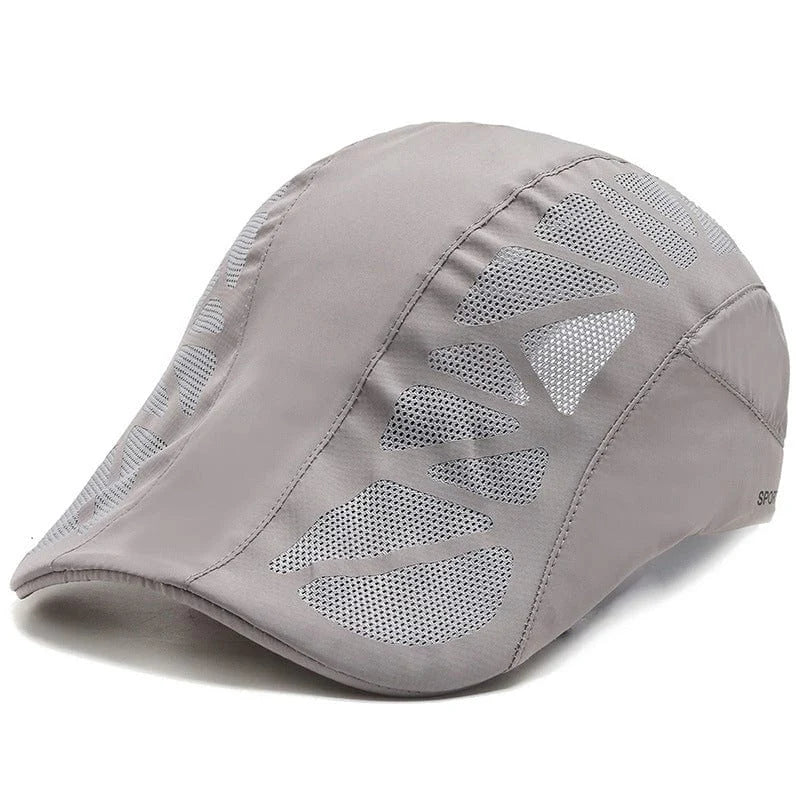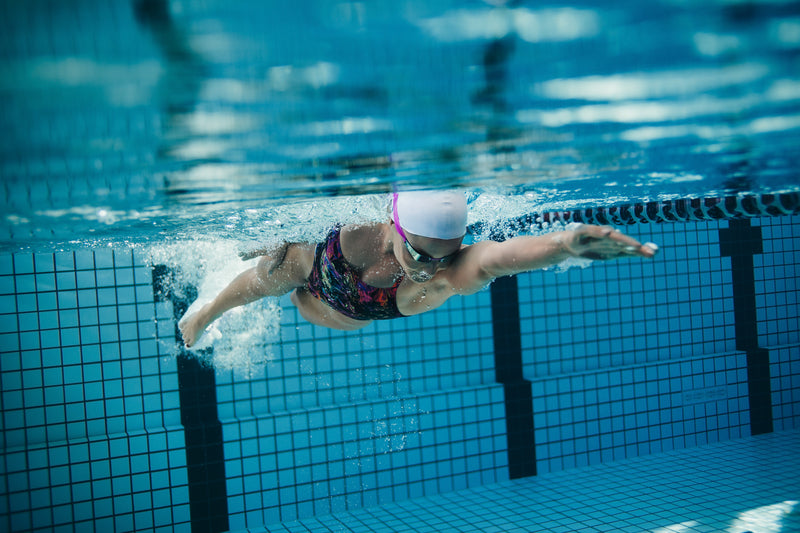Swimming at the gym offers a refreshing change of pace from traditional workouts. Not only does it provide a full-body exercise, but it's also easier on the joints compared to running or weightlifting. Whether you're diving in for the first time or simply want to enhance your pool experience, focusing on your attire, diet, and swimming techniques can make a significant difference.
What to Wear
Your choice of swimwear should prioritize comfort and functionality. For men, swim shorts or briefs are popular choices, as they allow for a full range of motion while maintaining a snug fit. Women often prefer one-piece swimsuits designed for athletic performance. Whichever gender you identify with, steer clear of beachwear or baggy shorts, as they create drag in the water and hamper your performance. Quality swim goggles are a must-have. Look for anti-fog and UV-protection features. A swim cap is also advisable, especially for those with longer hair, as it reduces resistance in the water and protects your hair from chlorine. Remember to pick up a pair of quality swim fins if your gym doesn't provide them; these can be crucial for improving kick techniques and overall performance.
What to Eat
Your diet plays a crucial role in your swimming performance and post-swim recovery. For energy, consume a mix of carbohydrates and proteins about 2-3 hours before your swim. You should eat about .55 to .8 grams of protein for every pound you weigh. This not only sustains your energy levels but also aids in muscle recovery. Foods like whole-grain pasta, lean chicken, and Greek yogurt can be part of your pre-swim meal. Hydration is essential. It’s easy to underestimate how much you sweat in the pool. Ensure you drink water before, during, and after your swim. If you're swimming for an extended period, consider an isotonic sports drink that replenishes electrolytes and provides quick energy.
What Techniques to Use
If you're a novice, mastering the basic strokes is a good starting point. These usually include freestyle, backstroke, breaststroke, and butterfly. Each stroke activates different muscle groups, so a combination of strokes offers a balanced workout. For instance, the freestyle or front crawl works your shoulders and upper back, while the breaststroke primarily targets your chest and legs. Pay attention to your kicking. A common mistake is to kick from the knees, which wastes energy and creates drag. Instead, kick from the hips for a more efficient movement. Breathing techniques are equally important. Practicing bilateral breathing, where you alternate breathing from either side, can improve your balance in the water.
Swimming at the gym is an excellent way to add variety to your fitness routine. Focusing on your attire can ensure a smooth and efficient swim, letting you concentrate on your workout instead of adjusting ill-fitting goggles or swimwear. Eating the right foods, particularly a balanced mix of carbohydrates and protein, will keep your energy high and facilitate muscle recovery. Mastering essential strokes and techniques will help you get the most out of your pool time. Lastly, always consult a swimming instructor or a fitness professional for personalized advice tailored to your body’s needs and fitness level.
Did You Enjoy Reading This Article? Here’s More to Read: Reasons You Should Avoid Energy Drinks



